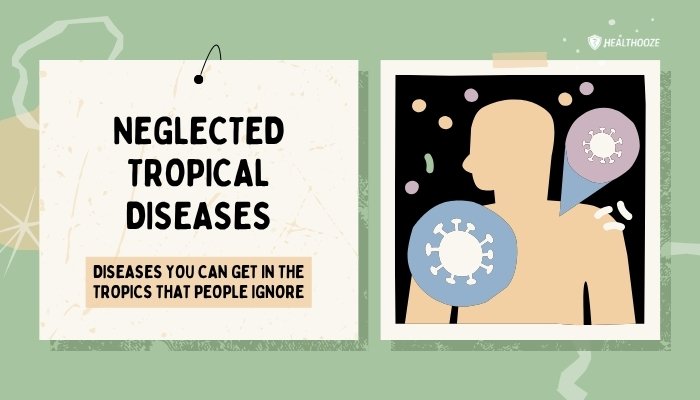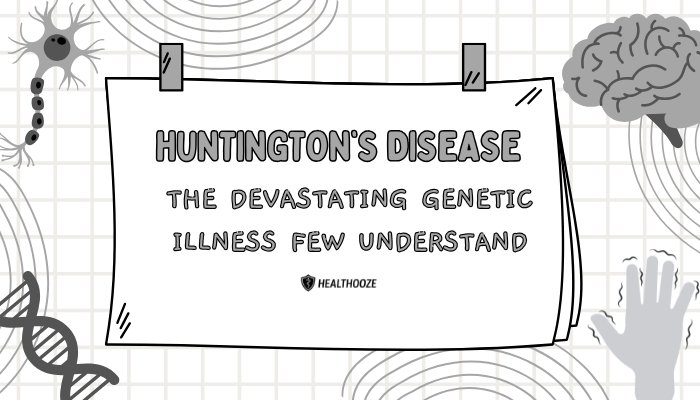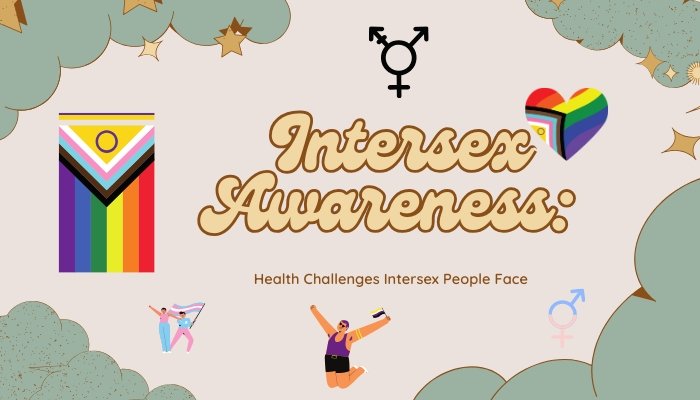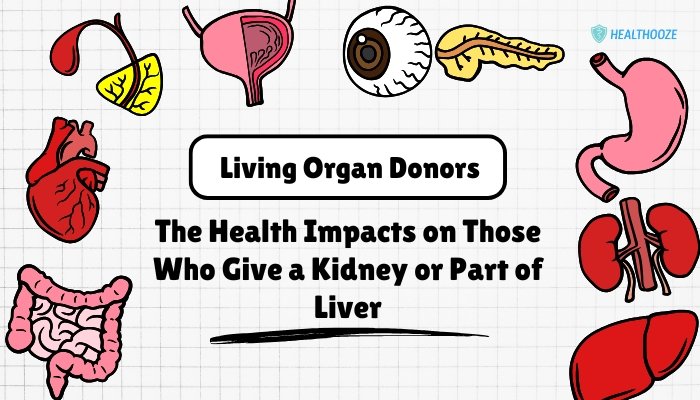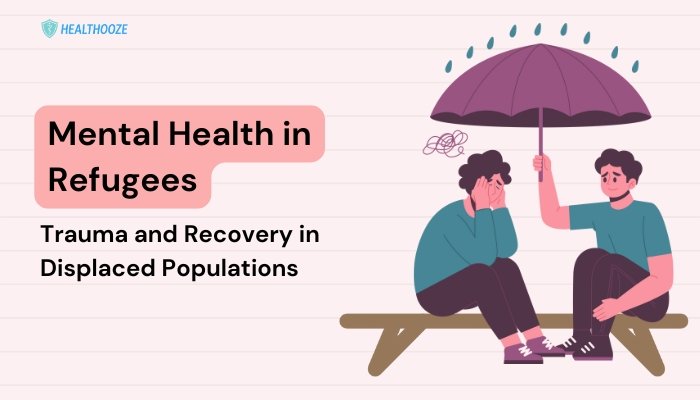Introduction
Amyotrophic Lateral Sclerosis (ALS), also known as Lou Gehrig’s disease, is a progressive neurodegenerative condition that affects the nerves controlling voluntary muscles. Named after the famous baseball player Lou Gehrig, who was diagnosed in the 1930s, ALS leads to gradual muscle weakness, mobility issues, and difficulties speaking or breathing.
Although scientific understanding and global awareness of ALS have grown—partly from high-profile cases and campaigns like the ALS Ice Bucket Challenge—a definitive cure remains elusive. Nevertheless, promising research and an expanding network of support resources offer hope for those living with ALS.
In this article, we explore what ALS entails, how it develops, current treatments aimed at symptom management, and the latest breakthroughs in research that strive to halt or reverse the disease.
Understanding ALS
What Is ALS?
ALS is a motor neuron disease in which specific nerve cells (motor neurons) in the brain and spinal cord progressively deteriorate. Over time, these damaged neurons cannot send signals to muscles, causing weakness and muscle atrophy. Eventually, individuals experience complete loss of muscle function, relying on assistive devices or caregivers for daily tasks. While many remain cognitively intact, ALS gradually robs them of the ability to move, speak, and, in later stages, breathe on their own.
Causes and Risk Factors
- Sporadic vs. Familial
- Sporadic ALS: Accounts for about 90–95% of cases, appearing seemingly at random without a clear family history.
- Familial ALS: Represents about 5–10% of cases, linked to inherited genetic mutations, notably in genes like SOD1, C9orf72, TDP-43, or FUS.
- Environmental and Lifestyle Influences
- Possible contributing factors include certain toxins, military service exposures, or head injuries—though evidence remains inconclusive.
- Age and Gender
- Onset typically occurs between ages 40 and 70, with men slightly more prone than women.
Prevalence
ALS is considered relatively rare. Globally, about 2–5 cases occur per 100,000 people annually. While it strikes all ethnic and socioeconomic groups, incidence varies across regions. Some “hot spots” (e.g., Guam in the mid-20th century) have higher-than-typical rates, fueling research into specific genetic or environmental triggers.
Signs and Symptoms
Progressive Muscle Weakness
One of the earliest warnings is persistent weakness in an arm, leg, or the throat region. This may manifest as:
- Difficulty With Fine Motor Skills: Such as buttoning a shirt or turning a key.
- Tripping or Stumbling: Leg muscle weakness or poor coordination.
- Problems Lifting: Struggles picking up objects or raising arms overhead.
Speech and Swallowing Difficulties
- Slurred Speech: Weakness in the tongue or facial muscles complicates articulation, eventually affecting clarity.
- Dysphagia: Swallowing becomes risky; choking hazards increase as the disease progresses, necessitating dietary modifications or feeding tubes.
Respiratory Complications
As respiratory muscles degrade, breathing shallowly or experiencing shortness of breath during minimal exertion is common. Eventually, many patients require ventilatory support to maintain adequate oxygen levels.
Cognitive and Behavioral Changes
While many remain cognitively intact, a subset exhibit frontotemporal dementia (FTD)-like symptoms—changes in decision-making, personality shifts, or language problems, reflecting disease spread to certain brain regions.
Diagnosis: How Is ALS Confirmed?
Clinical Evaluation
Because no single test definitively diagnoses ALS, neurologists often apply El Escorial criteria, which combine:
- Neurological Exams: Checking reflexes, muscle strength, signs of upper (brain) and lower (spinal cord) neuron involvement (like spasticity or muscle atrophy).
- Electromyography (EMG): Detects electrical activity in muscles; in ALS, it often shows distinct patterns of chronic denervation and reinnervation.
- Nerve Conduction Studies: Exclude neuropathies or other nerve disorders.
- Imaging: MRI may rule out structural spinal or brain lesions that mimic ALS.
- Laboratory Tests: Help exclude other conditions (e.g., multifocal motor neuropathy, myasthenia gravis, or vitamin deficiencies).
Diagnostic Delays
Given ALS’s broad range of early symptoms—weakness, muscle cramps, or speech issues— patients sometimes see multiple physicians over months or years before receiving an ALS diagnosis. This lost time can stifle optimal early intervention or clinical trial enrollment.
Current Treatment and Care
FDA-Approved Medications
- Riluzole (Rilutek)
- Slows disease progression slightly by reducing glutamate, a neurotransmitter that can harm motor neurons.
- Edaravone (Radicava)
- Believed to mitigate oxidative stress on neurons.
- Newer Drugs
- Agents like AMX0035 (a combination therapy) and Tofersen (for certain genetic forms) have recently gained attention or approval for certain patients.
Though no drug halts the disease entirely, these medications can prolong survival or maintain function for a modest window.
Supportive Care
- Multidisciplinary Clinics: Collaborative teams of neurologists, physical therapists, respiratory therapists, dietitians, and social workers address the multi-faceted needs of ALS patients.
- Physical and Occupational Therapy: Aids in preserving mobility and adapting living spaces.
- Speech-Language Therapy: Offers communication strategies—like writing tablets, speech synthesizers, or new technology—for when spoken language becomes difficult.
- Respiratory Support: Non-invasive ventilation (BiPAP) or mechanical ventilation if required.
Palliative and End-of-Life Planning
As ALS is progressive, advanced care planning is crucial—discussing artificial ventilation, feeding tubes, and personal wishes for hospice or do-not-resuscitate orders. Clear communication helps families navigate challenging decisions.
The Emotional and Social Dimensions
Family Burdens
Spouses and relatives often become full-time caregivers, grappling with role reversals, financial strain, or physical fatigue. Emotional support—peer groups or counseling—helps sustain caregiver mental health.
Patient Empowerment
Through social media, ALS patients share experiences, tips, and uplifting stories. Grassroots fundraising or events like the Ice Bucket Challenge highlight the global willingness to rally behind ALS patients.
Coping with Progressive Loss
Depression, anxiety, and fear of losing autonomy afflict many living with ALS. Yet, some find meaning or positivity in simpler enjoyments—being with family, creative hobbies, or spiritual reflection. Psychological or pastoral counseling fosters resilience.
Research and Hopes for the Future
Genetic Insights
Identifying gene mutations in familial ALS illuminates disease mechanisms. Trials involving gene therapies aim to switch off or correct mutated genes, particularly for known variants like SOD1 or C9orf72.
Biomarkers and Early Detection
Scientists seek fluid or imaging biomarkers that detect ALS at earlier stages. This would enable timely treatment or enrollment in crucial clinical trials when interventions might be more effective.
Drug Innovations
- Neuroprotective Agents: Investigations into drugs that shield neurons from excitotoxic damage or inflammation are ongoing.
- Cell Therapies: Stem cell transplants or neuronal replacement strategies, though experimental, hold long-term promise.
- Global Collaboration: International consortiums (e.g., Project MinE) pool patient data and genetics, accelerating breakthroughs.
Patient-Led Initiatives
Many ALS advocates champion “right to try” legislation, seeking flexible access to experimental treatments. Websites or nonprofit groups help match patients with cutting-edge research centers, bridging them to opportunities that might slightly extend or improve life.
Final Thoughts
ALS, with its swift and relentless progression, remains one of neurology’s greatest challenges. While the disease can be devastating, hope endures in the form of new gene therapies, supportive technology, and a deepening scientific understanding. Support for patients extends beyond medication, encompassing psychosocial care, advanced planning, and efforts to maintain dignity.
Yet, the race is on for a definitive cure or more powerful disease-modifying treatments. For each person living with ALS—and their families and caregivers—the promise of research breakthroughs is more than a scientific aim; it’s a profound lifeline. By continuing to raise awareness, invest in research, and provide compassionate daily care, the medical community, policymakers, and general public collectively keep alive the possibility of rewriting ALS’s story—one where it may become a chronic but manageable condition, or eventually be eradicated altogether.
References
-
- Brown RH Jr, Al-Chalabi A. Amyotrophic lateral sclerosis. N Engl J Med. 2017;377(2):162–172.
-
- Hardiman O, Al-Chalabi A, Chio A, et al. Amyotrophic lateral sclerosis. Nat Rev Dis Primers. 2017;3:17085.
-
- Van Damme P, Robberecht W, Van Den Bosch L. Modulating neuronal excitability as a treatment for ALS. Trends Neurosci. 2017;40(7):399–406.
-
- Taylor JP, Brown RH Jr, Cleveland DW. Decoding ALS: from genes to mechanism. Nature. 2016;539(7628):197–206.
-
- Rosen DR, Siddique T, Patterson D, et al. Mutations in Cu/Zn superoxide dismutase gene in familial amyotrophic lateral sclerosis. Nature. 1993;362(6415):59–62.
-
- Cammack AJ, Sussman J, Brandsema J, et al. Telehealth in ALS: bridging gaps in challenging times. Muscle Nerve. 2021;63(4):444–448.
-
- Miller RG, Mitchell JD, Lyon M, et al. Riluzole for amyotrophic lateral sclerosis (ALS)/motor neuron disease (MND). Cochrane Database Syst Rev. 2012;3:CD001447.
-
- Tabrizi SJ, Flower MD, Ross CA. Emerging therapies for neurodegeneration. Science. 2020;370(6523):282–286.
-
- Brown MA, Lee A, Hirano M. Nutritional considerations and interventions in ALS. Nutr Clin Pract. 2021;36(1):96–108.
-
- Lund C, Leger A, Tiloca C, et al. The future of ALS research: addressing criticisms, refining methods, and accelerating progress. Neurology. 2022;98(13):503–514.



